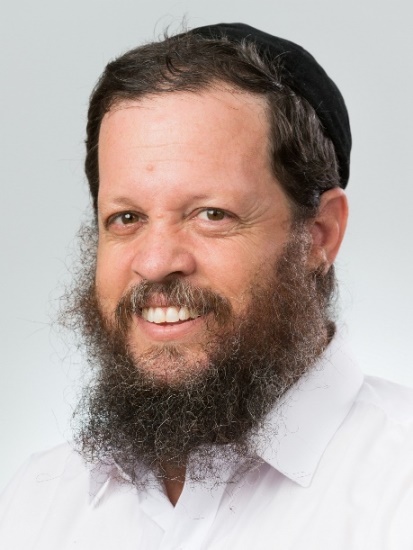Shoshanat Yaakov
הרב אהרן פרידמן
ראש הישיבה
Upon concluding reading the megilla, happiness bursts forth and the entire congregation joins in singing Shoshanat Yaakov. The name of the song itself reminds us of the word “Shushan” which appears in the Megilla numerous times. It is reasonable to surmise that this piyut was thus named and the Jewish people are indeed thus called to remind us of the place where the miracle occurred. The question therefore arises– Why should Yisrael, the chosen nation of HKBH, be named for Shushan, the Persian capital city?
It is possible that the poet relied not only on the language of Megillat Esther but also upon a passuk in Shir HaShirim (2:2), “As a lily (Shoshana) among thorns, so is my beloved among the daughters.” Our sages saw in this passuk an allusion to Yisrael among the nations. Midrash Zuta on Shir HaShirim expounds, “When is a lily beautiful? When it appears above the thorns. If the lily is found wanting, the wind blows into the thorns and they strike it.”
It seems that the entire miracle of Purim can be condensed in the phrase Shoshanat Yaakov. We are accustomed to reading the megilla with a cheerful tone and relating to the story as a grand plan by HKBH to smite the enemies of Yisrael. However, there is another perspective to the story of the megilla. Yisrael sinned and participated in the feast of the wicked king, a feast in which they drank his wine and enjoyed his food. This feast epitomized the assimilation of the Jews of Shushan into the Persian culture which was enabled by their proximity to royalty. The threat of decimation was only nullified after the Jews of Shushan (the assimilated elite) did complete teshuva.
Esther’s command, “Fast on my behalf, and do not eat and do not drink for three days, night and day,” came to awaken the Jews of Shushan to return to their Creator with full hearts. (Fasting is always seen in Tanach as the initiation of teshuva and changing one’s ways).
Our sages teach (Shabbat 88a) that when the megilla says that “The Jews fulfilled and took upon themselves…” it means that they fulfilled what they had already taken on in the past, that is, a renewed kabbalat HaTorah. This is the acceptance of Hashem’s yoke which the Jewish people assumed in the time of Haman. This acceptance inspired the poet to compare Yisrael to a lily among thorns. As the lily grows close to the thorns, it is pierced and immediately retreats back to its rightful place.
Esther initiated this teshuva process when she refused to suffice with mere physical salvation. She demanded of herself, of Mordechai, and of all the Jewish people to do complete teshuva and only then to hope for Hashem’s salvation. There is no woman in the world to whom it is more fitting to apply the passuk, “As a lily among thorns,” than Esther herself. This is what Chazal mean when they ask (Chullin 139b), “Where may we find an allusion to Esther in the Torah?” and answer, the passuk “And I will hide my face (haster astir).” This hiding led to teshuva.
We remember this great teshuva each year on Taanit Esther, when we are called upon to repent for sins that relate to learning from the corrupt ways of the nations. Only after this process may we joyously enter the holiday of Purim.
It is not surprising that Esther, in gematria, equals Shoshana (661). Even at a time when we are surrounded by thorns, we know that we are the beloved lily.
קוד השיעור: 8993
לשליחת שאלה או הארה בנוגע לשיעור:




.jpg)